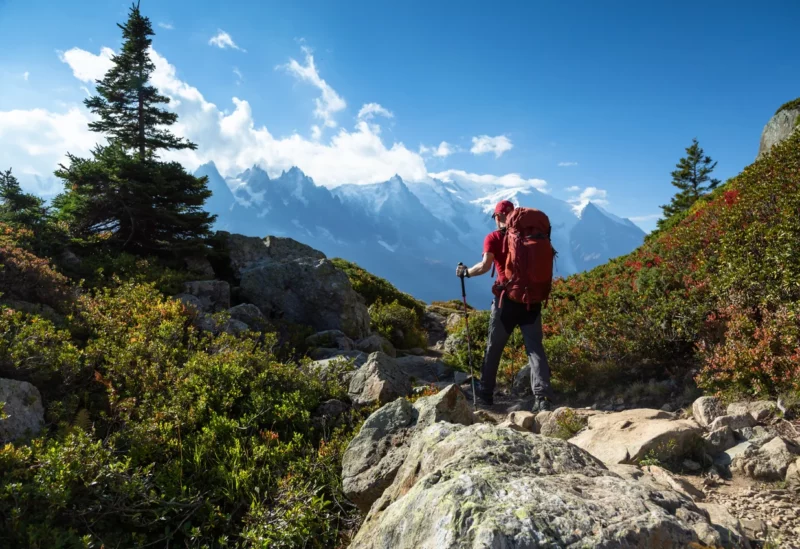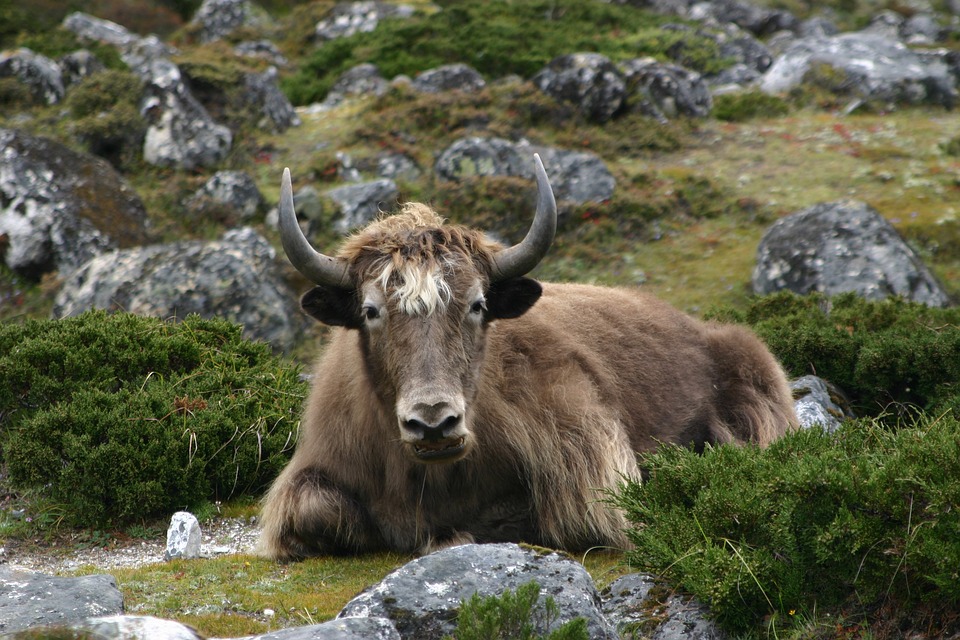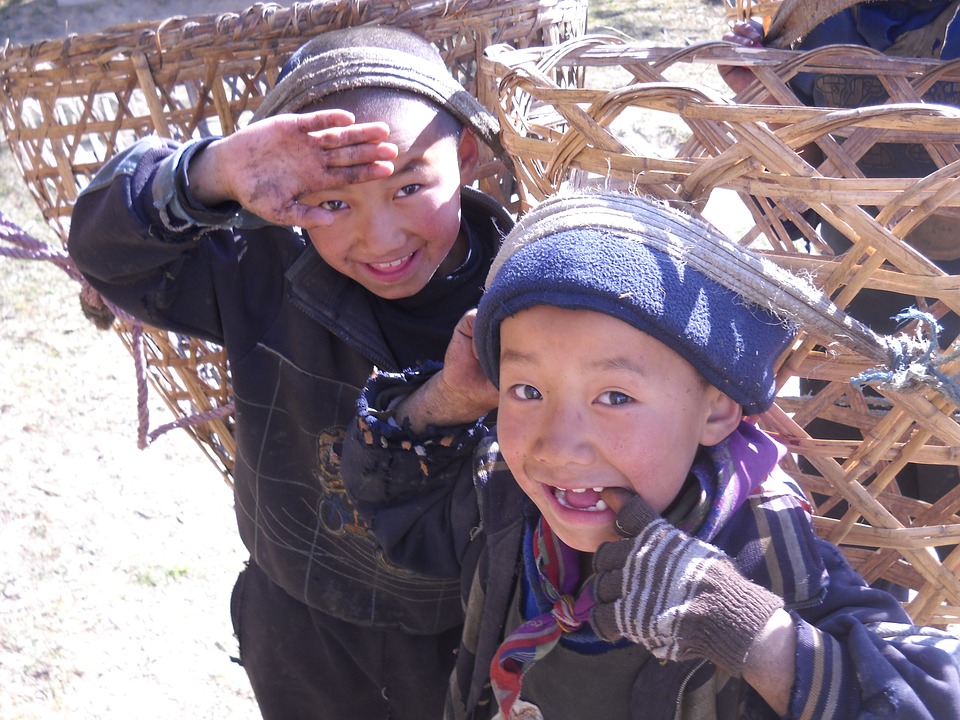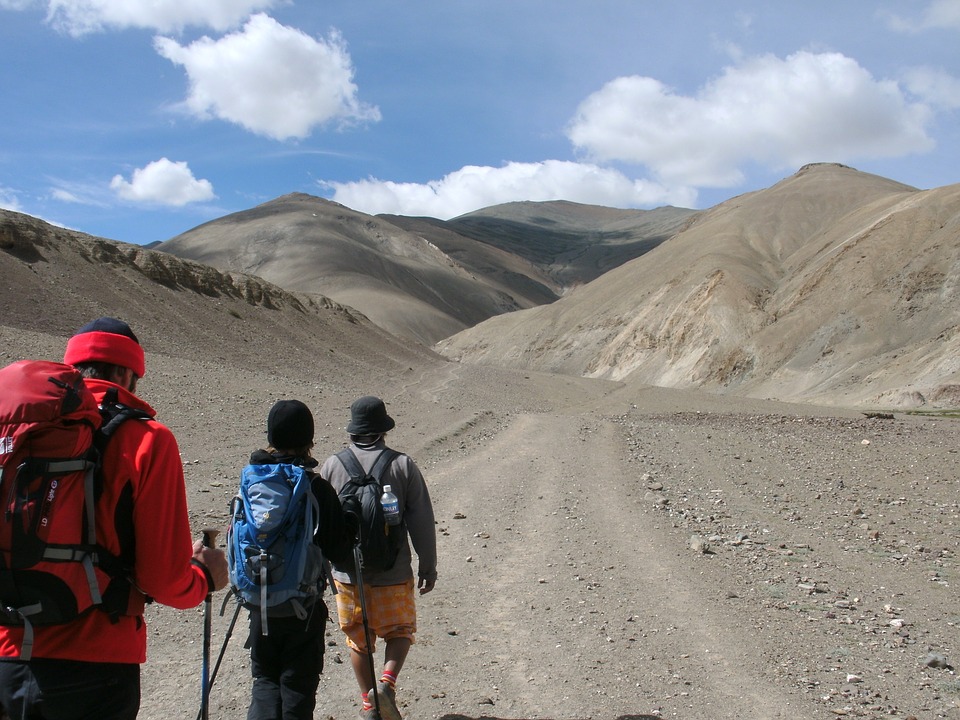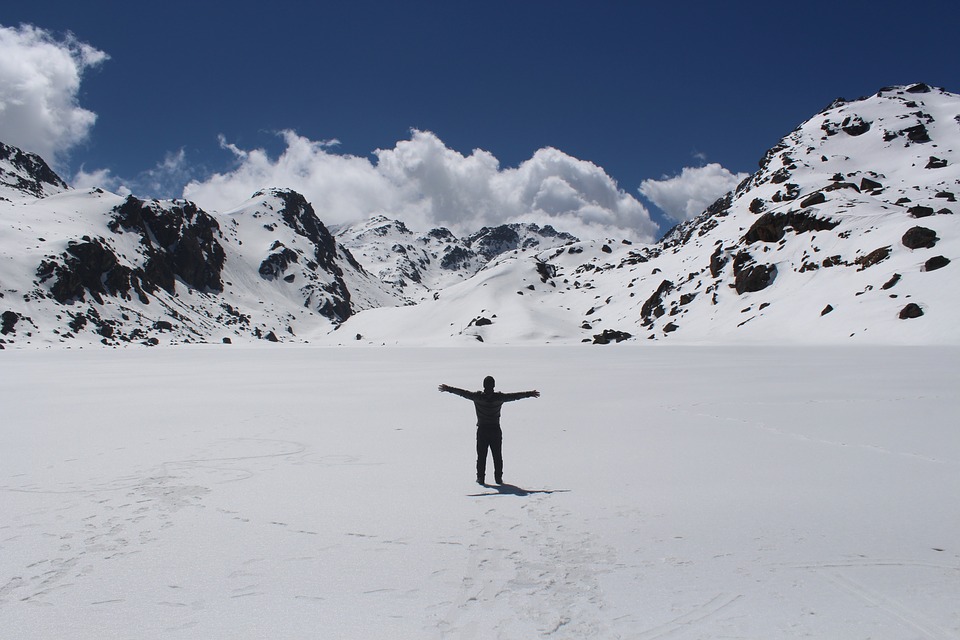Last updated on November 15th, 2022
Written By- Vidhu B.
Category – Lifestyle and Travel
Did you know that as many as 729,550 foreign tourists visited Nepal in 2016 increasing by 24% as compared to 2015?_ The misty peaks of the Himalayas have captured the human imagination since long. If you are looking for a heady mix of adrenaline, spirituality, wilderness, and culture, it is time to head to the Himalayas and take up one of the popular treks in the area that will rejuvenate you and transform you into a hiker for life.
Image source: pixabay.com
Indeed, one mountain is never enough, and once you taste the Himalayas, the grandeur of the experience beckons you forever. Often referred to as the Third Pole, this mythological abode of Shiva and the birthplace of the Buddha is home to nine out of ten of the world’s highest peaks. There is a lot to discover in the Himalayas, and trekking in the Himalayas is much easier than you imagine if you prepare well.
“Indeed, one mountain is never enough, and once you taste the Himalayas, the grandeur of the experience beckons you forever.”
Some Great Himalayan Trails
There are several treks that one could take in the Himalayas. With each destination, more exhilarating than the other, and no journey less rewarding than the other, trekkers who want a slice of the Himalayas are spoilt for choice, and with good reason. However, the Everest region makes it to almost every hiker’s bucket list, not only because of the world’s highest peak – Mount Everest – but also for the warm hospitality of the Sherpas and the diverse flora and fauna on offer in the Sagarmatha National Park. A popular trek is the charming Goencha La trek starting in the historic town of Yuksom in Sikkim. Blessed with abundant greenery, verdant landscapes, magnificent views of the world’s third largest peak, Kanchenjunga, and the sacred waters of the Samiti Lake, this particular route is the perfect mix of thrill, adventure, and fun.
Image source: pixabay.com
The Himalayas are for Everyone!
Many believe that trekking in the Himalayas is for the experts and the adventurers amongst us. However, you’d be glad to know that trekking in the Himalayas has evolved with time. With the advent of trekking tourism, you could now choose to stay in luxurious lodges in the mountains or opt for a more rugged budget group tour or simply hire a guide and get going. It is also possible to select a trek according to the level of activity you desire. Walking in the mountains is easy; except the altitude that needs acclimatisation
“Walking in the mountains is easy; except the altitude that needs acclimatisation.”
What Are the Things to Look for on Higher Altitude
Whether you are a beginner or an experienced trekker, altitude sickness affects everyone regardless of age, fitness level and experience Lack of proper acclimatisation can spoil your entire expedition. Understanding the effect of altitude on your body would help you prepare well and get better acclimatised to ensure the success of your trek. Most trekkers experience symptoms such as nausea, loss of appetite, headache, runny nose and occasional breathlessness that must not be taken lightly. These symptoms indicate that your body needs more time to acclimatise, and it will be foolhardy to not listen to your body as soon as it begins to complain. It is also pertinent to carry a medical kit with medicines for altitude sickness and other common illnesses, as prescribed by your health practitioner. Trekkers to the Everest Base Camp must attend the medical clinic at Everest Base Camp organised by the Himalayan Rescue Association Nepal during the climbing season in spring. Their Information Centre in Kathmandu hosts a daily talk on Acute Mountain Sickness and provides information on trekking safety and conditions in the mountains.
Image source: pixabay.com
High-altitude treks require the right amount of preparedness to make the experience better. For the Himalayas, the peak climbing season starts from March to June, while expeditions from Nepal could be undertaken between November and March as well. Apart from the timing, it is important to plan an itinerary as per your interests and budget. Is it the culture or the steep trails or the panoramic forests that beckon you to the Himalayas? Whether it is the barren landscapes of Ladakh or the lush forests of Sikkim or the Everest Base Camp that you intend to conquer, don’t forget to build in adequate time for acclimatisation in your itinerary, apart from contingency days for severe weather and other eventualities.
“Is it the culture or the steep trails or the panoramic forests that beckon you to the Himalayas?”
What to Carry during the Trekking
Did you know that your clothes could impact your performance in a trek? Thus, it is essential to dress appropriately as well as comfortably as you traverse through high mountains and the vagaries of nature on the trek of a lifetime in the Himalayas. (See this useful list of what to pack compiled by Trek The Himalayas) Apart from packing a durable kit bag with the gear, it is a good idea to keep a separate bag with you, carrying basic stuff such as a dry pair of socks, a sturdy umbrella, some sunscreen and a weatherproof jacket. You might also want to spend a little on a portable oxygen cylinder, which is convenient to carry and very handy. In case you are wondering where to purchase your trekking essentials, Kathmandu is a great place to buy high-quality trekking gear at reasonable prices. You might want to dress a bit conservatively in the Himalayas, in reverence to the local culture of the area.
What to Eat?
Mental and physical fitness are essential for trekking in the Himalayan region. And as the cliché goes, you are, in fact, what you eat! Healthy, nutritious and wholesome food is critical to your trek, but the choices aren’t plenty when you are on your own in the wilderness. Backpacking stoves are quite useful for treks. It is advisable to carry one stove for every four persons in the group. Never carry the stoves with fuel, which should be bought locally. To ensure a smooth experience, practice lighting your stove before you set for the trek. Additionally, trekkers must pack high-energy foods such as nuts, chocolates, biscuits, peanut butter and bread, tea and coffee bags, soup pouches, ready-to-eat meals and energy drinks. It is better to avoid carrying crisps, candies, and cookies, as they don’t provide any nutrition to the body. Apart from nourishing your body with quality food, staying hydrated is of utmost importance during your trek. Always carry a spare bottle of water with you, and bring along Chlorine tablets to fill up your bottles from natural fresh water sources when not available otherwise. A hydration bag is a good idea for continuous sipping of water, without the need of taking off your gloves or reaching into your bag for a bottle.
Getting the Most out of Your Trek
Trekking in the Himalayas is a rewarding experience, but not easy. From foot blisters to wild animal encounters to extreme cold, trekkers must prepare themselves for various (un)natural encounters to get the most out of their trek. Foot blisters are one of the most common problems faced by trekkers. Blisters are caused due to moisture, repetitive movement and friction, and using proper insoles in your trekking shoes could help. A simple hack to avoid blisters is to wear two socks on each foot – a thinner one on the inside to absorb moisture from your feet and a thick outer one to absorb moisture from the inner one. Of course, moleskins should always be a part of your medical kit to treat any blisters on your feet. As a basic precaution, visiting your doctor a few days before the trek will help you understand your health condition and fitness level better. If you have a medical condition that puts you at risk, it is best not to come on the trek. Also, avoid alcohol, smoking and greasy food in preparation for your trek to avoid dehydration, reduced lung capacity, and stomach problems.
Conclusion
Many choose to spend holidays in the world-famous Amalfi Coast or let their hair down in Bali, but for those travellers, who are ready to leave the modern lifestyle comforts behind, the Himalayas offer not just a journey but also a mental and spiritual transformation.
Image Source: pixabay.com
This holy mountain range stretching 2,400 kilometres across five countries provides a stunning and challenging landscape that teaches the travellers several life lessons including the importance of stepping outside their comfort zone to realise their potential. Trekkers in the Himalayas have the opportunity to experience the might of nature at close quarters, often helping them realise the urgent need to conserve nature. Those who have experienced the thrill know that climbing a mountain is an unparalleled high. While the journey might be hard, the sheer thrill of reaching the top against all the odds is the purest manifestation of all your hard work paying off.
“Those who have experienced the thrill know that climbing a mountain is an unparalleled high.” Indeed, “it’s not the mountain we conquer, but ourselves.” (Sir Edmund Hillary)
Are you ready to climb a mountain to change your life, yet?





